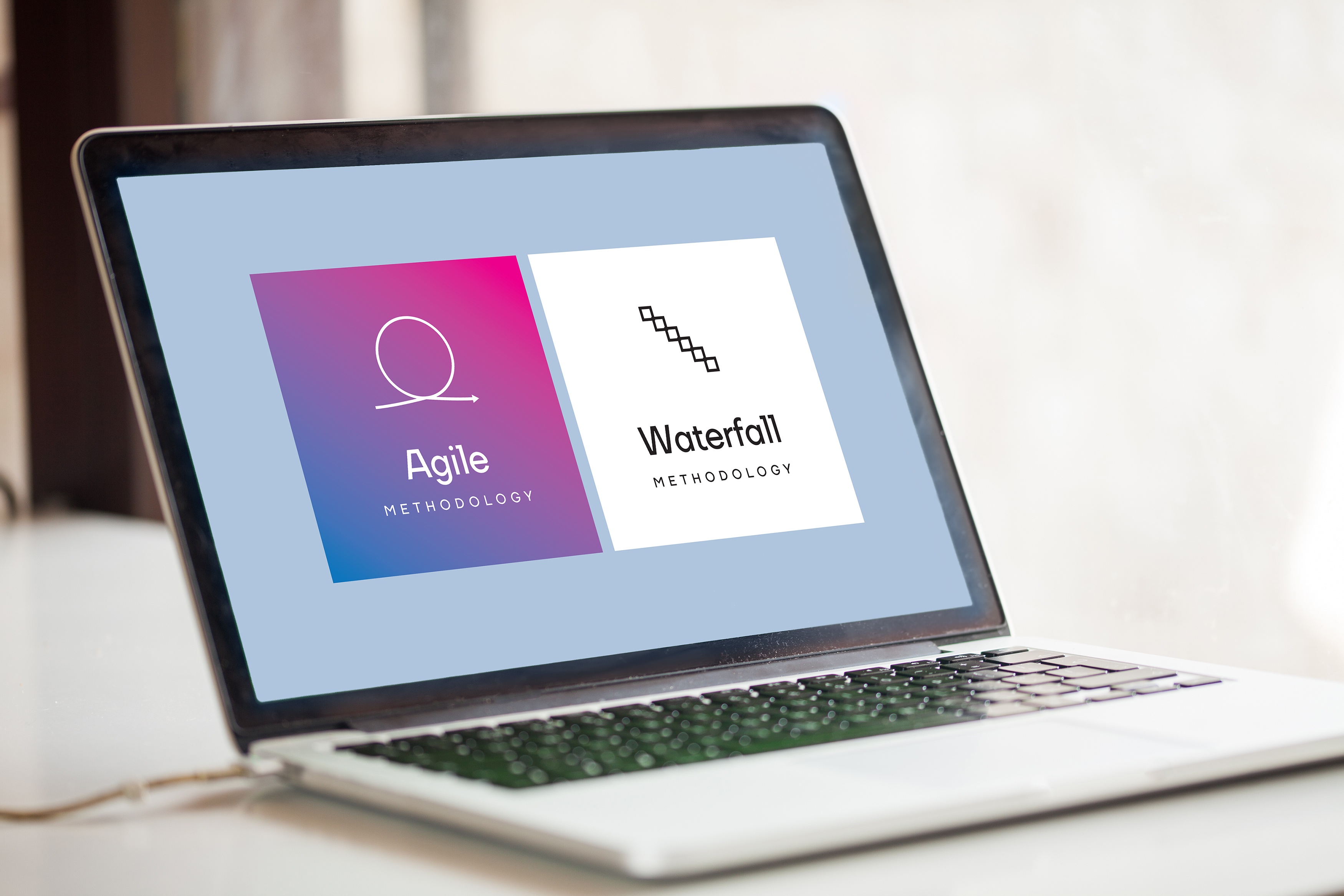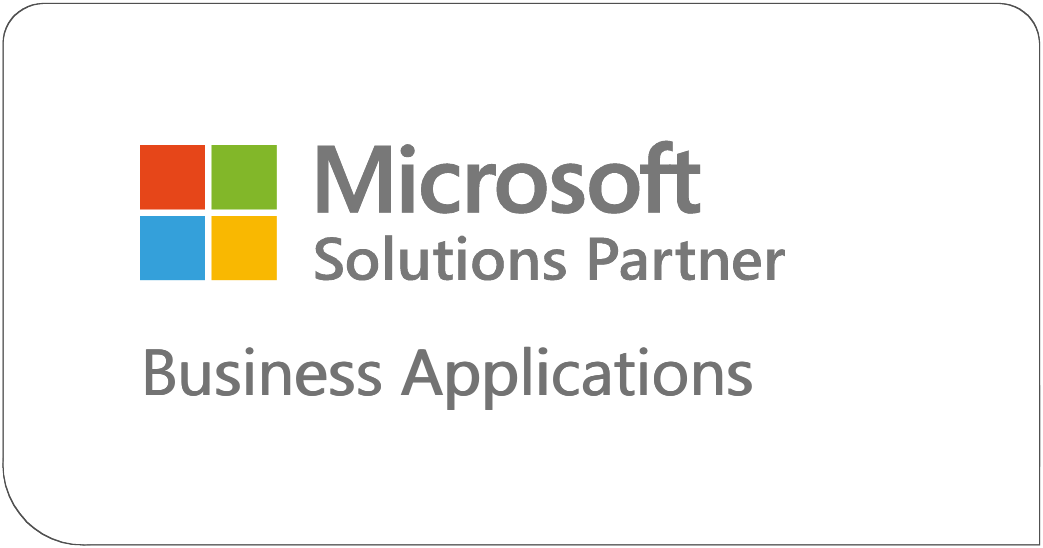| Umair Nasar
Being a mission Manager, it is very a good deal essential to determine for which method to undertake for the achievement of the project. Among numerous methodologies, Agile and Waterfall are the 2 are broadly used. Both of these methodologies has there benefits and limitations as properly which relies upon at the different factors which include the scope of the challenge, the sources structures and vision of the stakeholders. In this blog, we will deep dive into the foremost difference among each of these methodologies that can help in determining which methodology to adopt for the sort of project.

Exploring Waterfall Methodology
Waterfall methodology works excellent where the scope of the assignment is genuinely described and there's no opportunity of the changes to show up in the requirements. This methodology is linear and sequential in technique. There are extraordinary stages involved in this methodology that are carried out one after the other. These stages are necessities, design, improvement, trying out, and deployment.
Advantages
- Well Define Structure: Since water fall is sequential in nature, it provides clear roadmap of project phases resulting in ease of management and progress tracking.
- Documentation: Detail documentation at each phase helps in maintaining the project records.
- Predictability: There is predictable timeline and budget in waterfall projects because of well define scope and schedules.
Disadvantages
- Lack of Flexibility: Once a project is in the development, the changes in requirements are unlikely to be accepted.
- Requires Collaboration: Agile relies heavily on team collaboration and communication, which can be challenging for distributed or less cohesive teams.
- Scope Creep: The iterative nature of Agile can sometimes lead to scope creep if changes are not managed effectively.
Key Differences Between Agile and Waterfall
- Approach: Waterfall is linear and sequential, while Agile is iterative and incremental.
- Flexibility: Waterfall is rigid and changes are difficult to implement, whereas Agile is highly flexible and adaptive to change.
- Customer Involvement: Waterfall involves the customer mainly during the requirements phase, while Agile involves continuous customer feedback throughout the project.
- Documentation: Waterfall places a strong emphasis on documentation, whereas Agile focuses more on working software and less on comprehensive documentation.
- Testing: In Waterfall, testing occurs after the implementation phase. In Agile, testing is continuous and occurs throughout the project.
Choosing the Right Methodology for Your Project
Selecting between Agile and Waterfall depends on several factors. Here are some considerations to help you make an informed decision:
-
Project Scope and Requirements:
- If your project has well-defined requirements that are unlikely to change, Waterfall might be a better fit.
- If your project requirements are expected to evolve, Agile's flexibility can be more advantageous.
-
Team Structure and Collaboration:
- Waterfall can be effective for teams that work well with clear structure and less frequent communication.
- Agile requires a high level of collaboration and communication, making it ideal for teams that thrive in a dynamic and interactive environment.
-
Customer Involvement:
- If customer involvement is limited to the initial planning phase, Waterfall can be suitable.
- If ongoing customer feedback is essential, Agile provides the framework to incorporate regular input and make necessary adjustments.
-
Timeline and Budget:
- Waterfall’s predictability can be beneficial for projects with strict timelines and budgets.
- Agile’s iterative approach can lead to less predictable timelines and budgets, but it offers the advantage of delivering incremental value.
-
Project Size and Complexity:
- Waterfall can be effective for small to medium-sized projects with low to medium complexity.
- Agile is well-suited for complex projects where the ability to adapt and iterate is critical.
Combining Agile and Waterfall: A Hybrid Approach
In a few cases, a hybrid approach that combines factors of both Agile and Waterfall can be the excellent answer. This method, called Agile-Waterfall or Water-Scrum-Fall, leverages the strengths of both methodologies. For instance, the making plans and design levels would possibly follow a Waterfall technique to make certain clean requirements and shape, at the same time as the improvement and checking out phases adopt Agile practices to allow for flexibility and iterative development.

